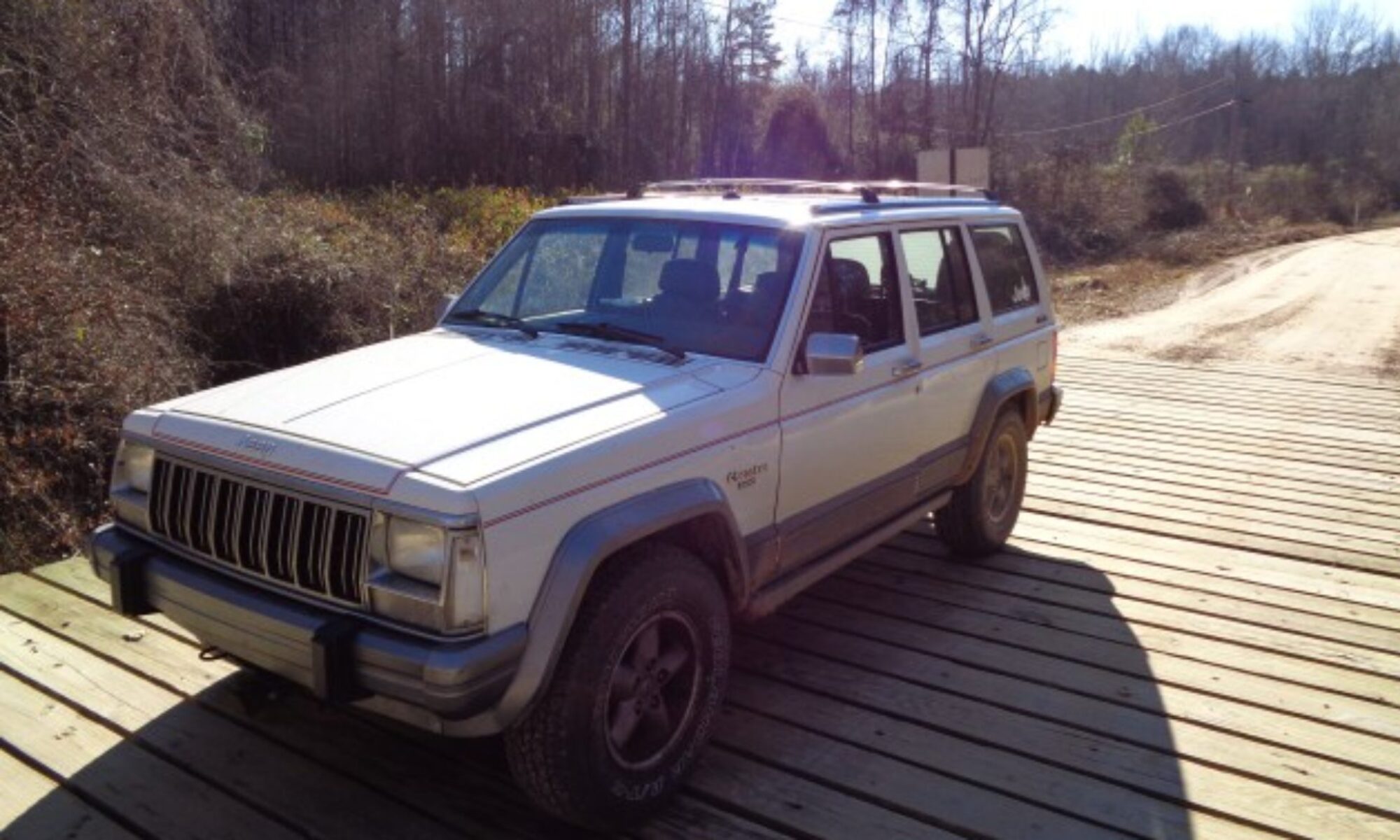If you want to keep your Jeep Cherokee automatic AW4 running smoothly, it’s recommended to change the transmission fluid and filter every 25,000 miles. Here’s how to do it:

- Start by removing the bolt that holds the filler tube to the engine block. It can be difficult to reach, so use a long extension and a swivel joint.
- Raise the Jeep and support the transfer case. Remove the cross member by removing the four transmission mount nuts (13mm) hidden inside the cross member. Then remove the four bolts (15mm) holding the cross-member to the body.
- Remove the drain plug and let the fluid drain into a large pan. You’ll need about a gallon to five quarts of space.
- Remove the perimeter bolts (10mm) of the transmission pan. Leave a couple in the front partially threaded in to allow the pan to tip back and fully drain.
- If the two parts of the filler tube are stuck together, you can remove the pan with the tube still attached. Remove all the pan bolts, then work the hold-down tab over the bell housing from the engine bay. Lower the transmission slightly to make some space between the body and the transmission, then work the pan out with the filler tube attached.
- If possible, separate the two parts of the filler tube before removing the pan. It will make reinstallation easier.
- Remove the four bolts (10mm) holding the filter to the valve body, and remove the filter, making sure both gaskets come off with the filter.
- Inspect the solenoid wiring and make sure the mating surface is clean. Install the new filter and tighten the four bolts.
- Clean the inside of the pan and inspect the magnets for debris. The more fuzzy metal there is, the more wear the clutches have. Install the gasket by pressing a few mounting bolts through the gasket to get it lined up.
- Line up the pan with the mating surface of the transmission. The pan is glued on at the factory, so you can use a sealant instead of a gasket, but I recommend using the one that comes in the WIX kit.
- Install the bolts and tighten them by hand, making sure the filler tube mounting tab is in the proper place in the front of the bell housing before starting any bolts.
- Once all the bolts are in place, torque them down to spec. Note that stripped bolts are common, so have a Helicoil kit ready (6mm x 1.0) just in case.
- Install the top part of the filler tube. Drop the tube from the top, then align it from underneath. Use a rubber hammer to tap it down into place. Reinstall the mounting bolt on the bell housing.
- Raise the transmission back up into position and reinstall the cross member. The transmission may shift a little to one side as it is raised and lowered, so be prepared to pry a bit to realign the cross-member bolts. It’s easiest to mount the cross member to the transmission mount while it is slightly lowered, then jack up the cross member to the body.
- Refill the transmission with fresh fluid. It will take about 5 quarts. Put in four quarts, then run the engine, cycle through the gears, and check for leaks. Add more fluid as needed.
With fresh fluid and a new filter, your AW4 transmission should run smoothly for a long time. Just be sure to keep it properly lubricated and don’t let it overheat or run low on fluid.
Please note that some of the links in this article may be Amazon affiliate links, which means I may earn a small commission if you click through and make a purchase. This commission comes at no additional cost to you, and it helps me to continue to provide helpful content. Thank you for your support!





